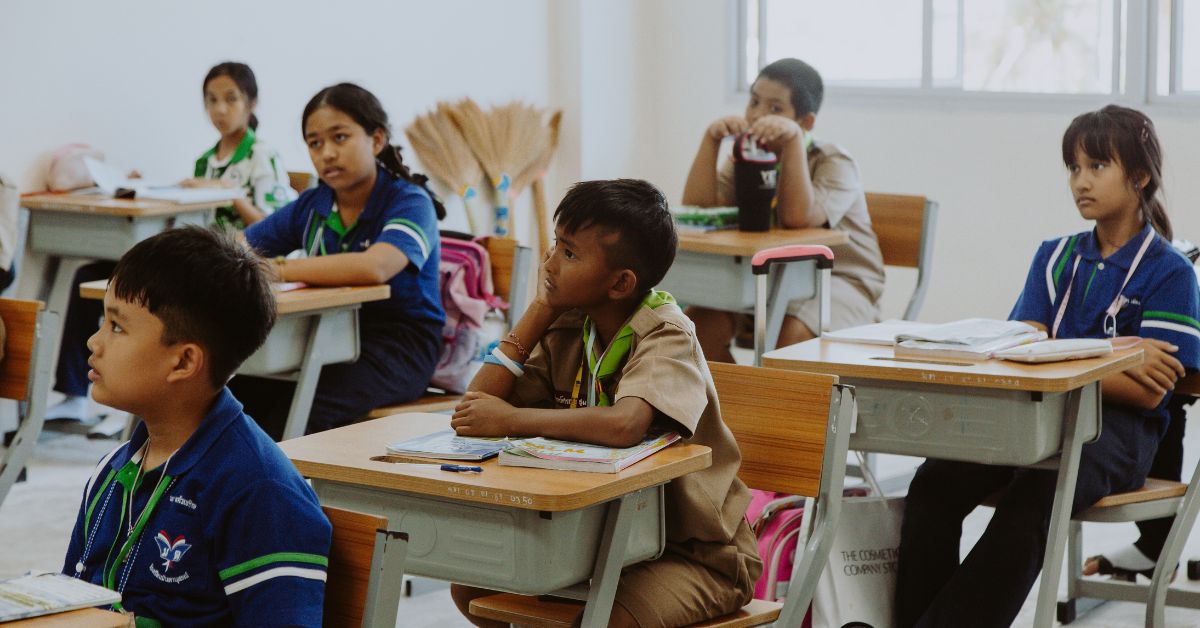Vermont might be a small state, but it’s making big moves in education. One area where it really shines? Inclusive education. From small rural schools to city classrooms, Vermont is working hard to make sure every student feels welcome and gets the support they need.
This article explains how Vermont is getting inclusive education right—and what other states might learn from it.
What Does Inclusive Education Mean?
Inclusive education means that all students, no matter their abilities, background, or challenges, learn together in the same classrooms. This includes students who:
- Have learning disabilities
- Speak different languages
- Are from different cultures or backgrounds
- Need extra help emotionally or socially
Instead of separating these students, inclusive classrooms bring everyone together, with the right support in place.
Vermont’s Whole-School Approach
Many Vermont schools take what’s called a “whole-school” approach to inclusion. This means they don’t just focus on students with special needs—but try to make the entire school a better place for all.
Here’s how they do it:
- Co-teaching: Special education teachers work alongside general teachers.
- Flexible classrooms: Lessons are adjusted for different learning styles.
- Social-emotional learning: Schools teach kindness, empathy, and self-awareness.
- Peer support: Students help and learn from each other.
It’s not just about helping a few—it’s about making school better for everyone.
A Focus on Equity, Not Just Equality
In Vermont, schools don’t just try to treat everyone the same. Instead, they focus on equity—giving students what they need to succeed.
For example:
- A student with dyslexia may get extra time on tests.
- A student learning English might get lessons in both English and their home language.
- A student with anxiety might have a quiet space to take breaks.
This focus on individual needs is a big reason Vermont’s inclusive education works.
Vermont’s Strong Laws and Policies
Vermont has some of the most supportive laws in the country when it comes to inclusive education. State policies require schools to:
- Include students with disabilities in regular classrooms whenever possible
- Provide support services like speech therapy, counseling, or aides
- Involve families in the planning process
- Use positive behavior support, not punishment
These laws give schools a clear path—and a strong push—to create inclusive spaces.
Inclusive Education in Action: Real Vermont Schools
Here are a few real examples of inclusive education working well in Vermont:
- Winooski School District: One of the most diverse in the state, Winooski offers English language classes, trauma-informed care, and supports for refugee students.
- Montpelier Roxbury Public Schools: Teachers get special training to support neurodivergent students and create inclusive lesson plans.
- Brattleboro’s Oak Grove School: Focuses on inclusion by mixing students of all abilities in classrooms and teaching social-emotional skills every day.
These schools show how inclusion isn’t just a goal—it’s a way of life.
Conclusion
From strong laws to flexible teaching, Vermont is showing what’s possible when schools focus on inclusion. By meeting students where they are—and giving them what they need—Vermont is helping more kids succeed, feel safe, and belong.
Other states might have bigger budgets or more students, but Vermont proves that a small state with a big heart can lead the way in education.








